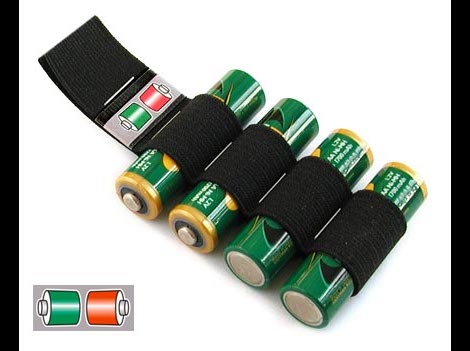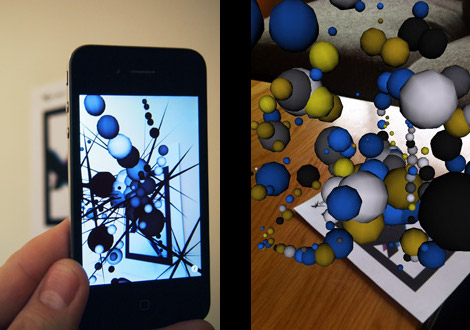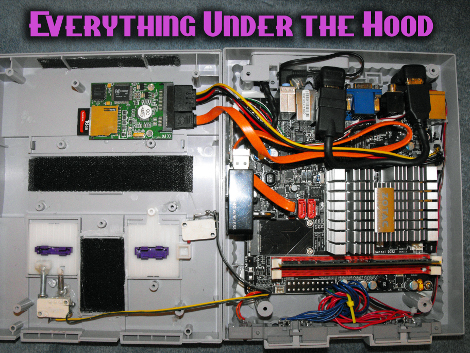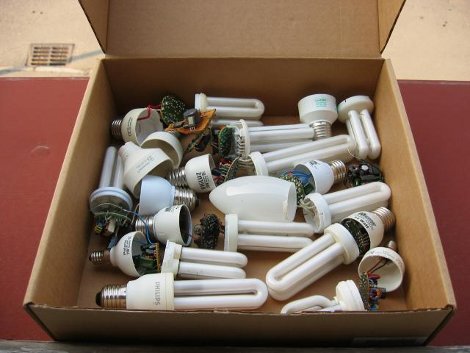
If you enjoy photography, radio controlled vehicles, or any other activity that requires you to keep multiple sets of rechargeable batteries on hand you know how much of a pain it can be if you get a dead battery mixed in with your charged batteries. This easy approach to managing your batteries while on location does not require fancy electronics, meters or anything else that might pop into mind, but rather simple stickers and storage.
The first set of labels get stuck on the battery, offering a green and red color code along with a number so its easy to keep track of which group of batteries go where and to catalog date / life. The second set of labels gets attached to your storage compartment, when a battery is charged, place it in the box so the positive end is facing the green on the storage label, and when its dead just flip it around.
While this mainly focuses on AA batteries (and even shows you how to make a simple but effective holder out of some elastic band and staples) this idea can be used with just about any type of battery for a quick glance to see where you stand on juice.

















